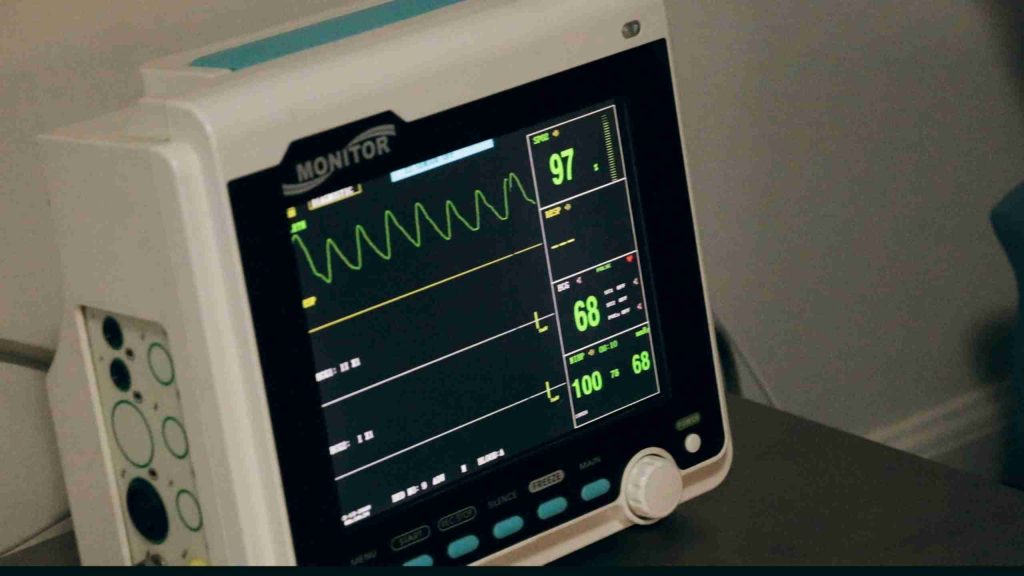What are Unit Tests?
Unit tests are functions written to test an isolated module in a codebase. Isolation allows for specific modules to be tested without interaction with the rest of the system. Unit tests are designed to test the top-level application program interface (API) by inducing controlled input to the module and monitoring the resulting behavior.
Benefits of Automatic Unit Tests
After unit tests have been created for a codebase, it only makes sense to get the most value out of them by having your automated build system leverage them. Here are some of the great benefits that will be available when your unit tests are automatically built and executed:
Cost Reduction
While there are some upfront costs associated with writing unit tests for an automated build, it will pay for itself and more in the long run. Automated unit tests allow issues to be detected as soon as they are created in the design phase, and that is a big deal. The National Institute of Standard Technology (NIST) published a study that reported that the cost to fix an error found after a release was four to five times higher than if it was discovered during design, and up to 100 times higher if found after the project entered the maintenance phase.
Quick Developer Feedback
When making updates to the codebase for new or existing modules, developers will be able to receive feedback on system operation without having to execute all the manual testing that would normally be required. This is particularly useful if you are making modifications to complex modules. This can be a big time saver.
Code Coverage Reporting
Most unit testing frameworks support code coverage reporting, which generates metrics on how much of the codebase is covered by unit tests. The total number of unit tests does not have much weight if it is only testing a small percentage of your codebase. With code coverage reporting you will have a clear picture of what percentage of your codebase is currently covered, identify areas that are lacking, and see how coverage is trending over time.
Additional Documentation
New developers on the project can refer to the unit tests to get a better understanding of how the module being tested functions and how to use the application program interface (API). While unit tests should not replace formal documentation, they do provide benefits as supplemental documentation.
If you want all of the benefits listed here and none of the hassle of setting them up or maintaining them, consider reaching out! At DojoFive, we have talented engineers on hand ready to help you with all aspects of your EmbedOps journey. We are always happy to help with interesting problems that need solving. You can reach out at any time on LinkedIn or through email!





